So bassically I have three roles for users
- admin
- seller
- buyer
This is my User Scheme
const userSchema = mongoose.Schema({
email: { type: String, required: true, unique: true },
password: { type: String, required: true, select: false },
role: { type: String, enum: ['seller', 'buyer'], required: true },
admin: { type: mongoose.Schema.Types.ObjectId, ref: 'Admin' },
seller: { type: mongoose.Schema.Types.ObjectId, red: 'Seller'},
buyer: { type: mongoose.Schema.Types.ObjectId, ref: 'Buyer' },
})
userSchema.plugin(uniqueValidator)
module.exports = mongoose.model('User', userSchema)
This is my User Roles Schemas Seller Schema
const sellerUserSchema = mongoose.Schema({
user: { type: mongoose.Schema.Types.ObjectId, ref: 'User' },
firstName: { type: String, required: true },
lastName: { type: String },
email: { type: String, required: true, unique: true },
dob: { type: Date, min: '1950-01-01', max: new Date() },
})
Buyer Schema
const buyerUserSchema = mongoose.Schema({
user: { type: mongoose.Schema.Types.ObjectId, ref: 'User' },
firstName: { type: String, required: true },
lastName: { type: String },
email: { type: String, required: true, unique: true },
dob: { type: Date, min: '1950-01-01', max: new Date() },
})
Now when I do
const usersQuery = Seller.find().populate('user').then(d=>{
console.log('details',d)
})
I get the correct result like I get seller data and then object of user including all details you can check the result below in screenshot
But When I do like
const usersQuery = User.find().populate('seller','buyer')
I am not getting any sort of seller or buyer data here is the result attached
So my expected result is like i get user data and inside seller or buyer object
Below is my database structure of MongoDB
Users
Sellers
And buyers collections is same like seller
Any help will be appriciated



